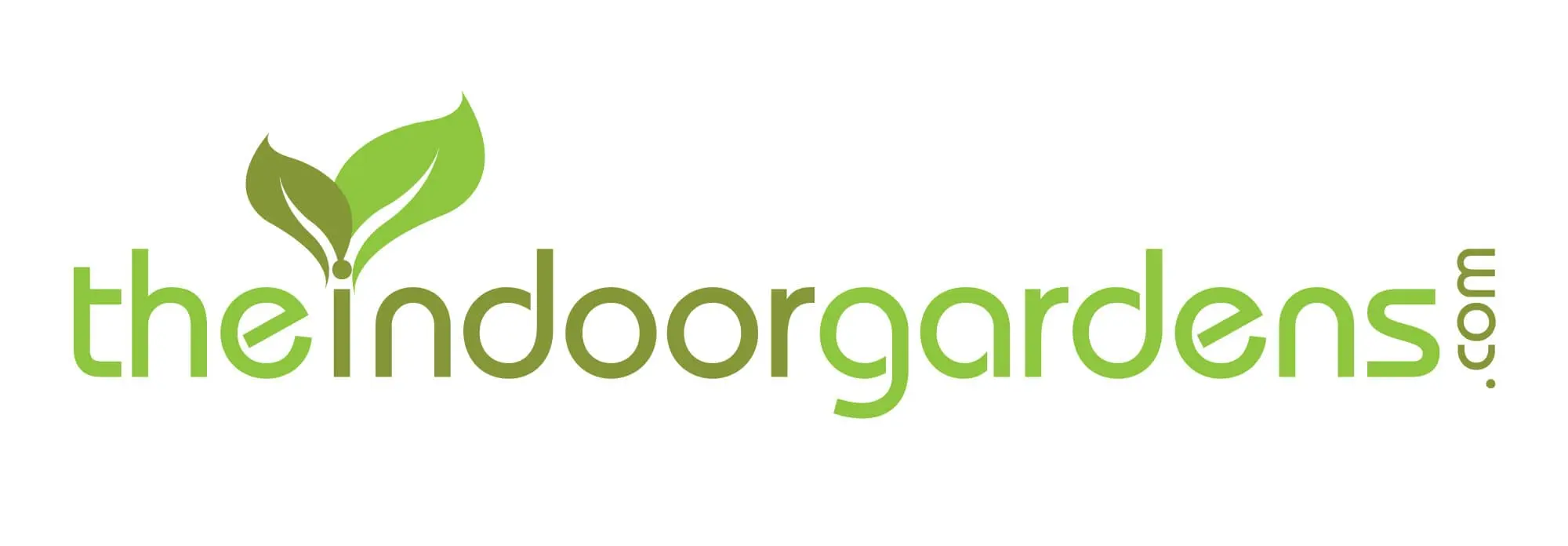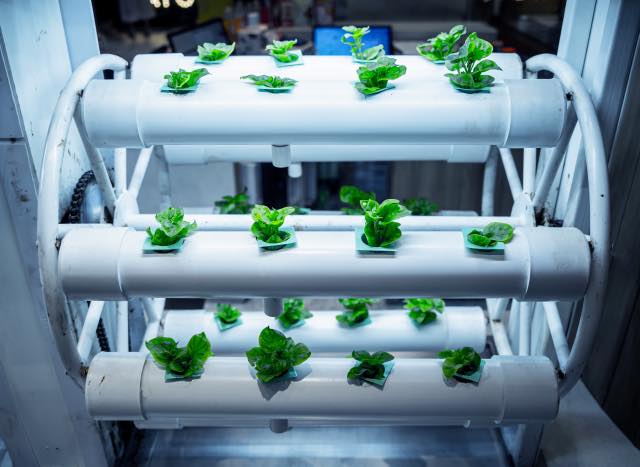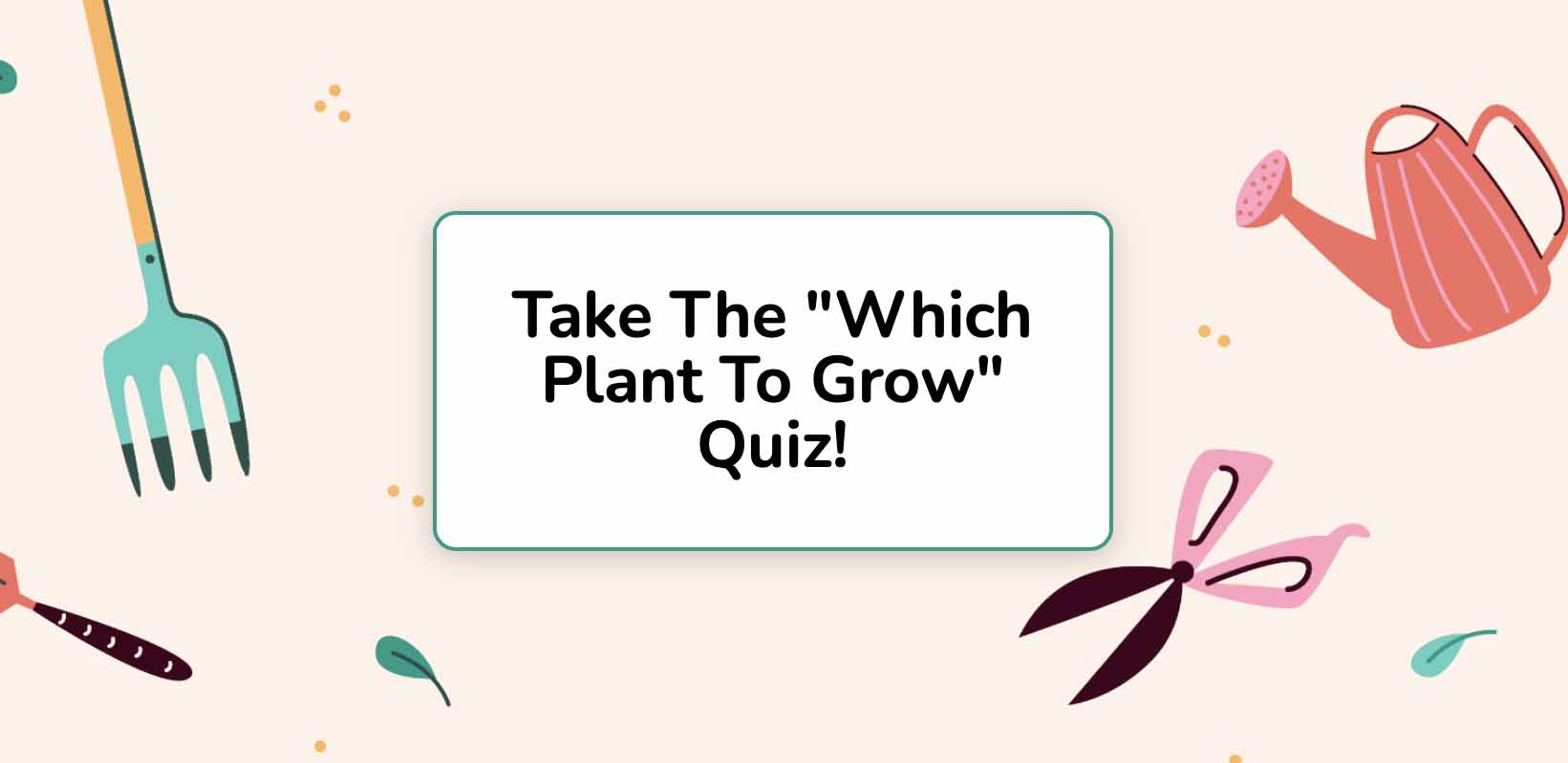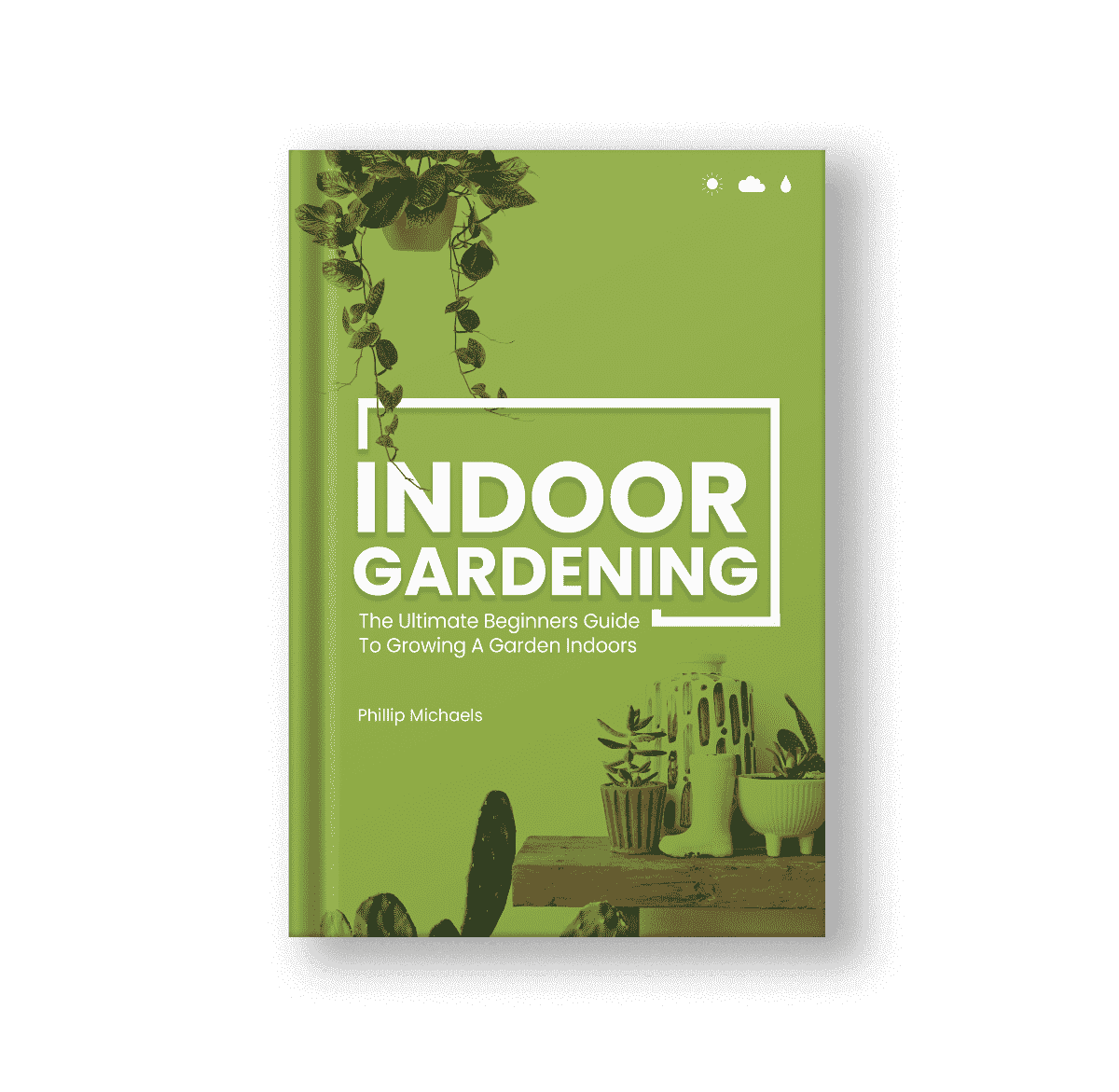If you’ve been gardening indoors for any amount of time you’re likely to come across the term hydroponics. With it, you’ve likely heard claims of larger yield, less care, and more that makes it an interesting choice for gardeners. But what exactly is hydroponics, and what sort of changes do you have to make to successfully grow with these systems? Today we’ll look at just that, and answer how to start growing with hydroponics for beginners. By the end of this article, you’ll have the knowledge you’ll need to set up your own hydroponics system and begin growing your chosen crops.
What Is Hydroponics?
Before we get into the specifics, let’s take a step back and look at exactly what hydroponics means and how it differs from traditional gardening.
Hydroponics is a form of growing that doesn’t use soil, but instead uses a mixture of nutrients and water as the growing medium. This means that you don’t plant your plants into soil, but instead set up a container with water that your plant’s roots then live in providing constant nutrients. This sounds strange at first, but actually has a lot of advantages of traditional gardening.
One issue that many savvy gardeners might see with this is the potential for root rot. Leaving soil too wet for too long promotes microbial growth which can lead to root rot which will kill your plants. As you’ll see later, hydroponics systems actively recycle water, so you won’t run into this issue when done correctly. The constant cycling of water helps prevent the growth of microbes and fungi that can harm your plants. The lack of soil also makes it more difficult for these types of microbes to establish. A properly set up hydroponics system won’t have issues with root rot or any other plant-harming microbes living in your water.
Pros and Cons Of Hydroponic Systems
To help you decide before we get into the specifics, here’s a quick pros/cons list for hydroponic systems. We dive a bit more into some of the benefits below.
Pros
- Recycles Water
- Can use less space than a traditional garden
- Fewer pests and Diseases
- Leads to a higher yield and larger harvests
- No soil, less mess
- Easy year-round growing
Cons
- Can be costly to start
- Requires more specialized knowledge than a traditional garden
- Needs consistent upkeep and PH control
- Disease, while rare, can spread quickly
- Requires an active power supply
Why Hydroponics?
There are a couple of reasons why one might want to start using hydroponics over traditional in-soil gardening. Here are a couple of the key ones that are often mentioned:
Faster Growth
Plants grown in this manner typically grow faster than those grown the traditional route. Most experts will say about 20% faster, which means you can enjoy the fruit/veggies (or herbs) of your labor that much quicker.
Larger Yields
Experts also give yields a 20-25% bump over traditional gardening. Over a few years, that really adds up to a significant increase. Growing with hydroponics means you’ll get more harvestable crops from each of your plants.
No Soil
Due to being grown in water, there is no soil to deal with. This is not only convenient as it keeps things clean, but also prevents any sort of pests that might grow in the soil as well as not having to deal with weeds. It’s a bit weird to grow plants without soil, but once you get it there are clear benefits to doing so.
Space Saving
Hydroponics plants can be placed much closer together than normal. Since they don’t need a large root system for nutrients, you’re supplying that directly, plants will naturally take up less space while still getting all the nutrients they need. This makes it really popular for both recreational as well as professional growers.
These reasons make hydroponics a popular option for all levels of gardeners. Hydroponics systems produce more plants, faster, and can do so without needing a ton of space. This all comes at the cost of being a bit more complex than just popping your plant in the ground.
How To Get Started With Hydroponics
There are a variety of systems, as we’ll see below, but in general, you have two options for any Hydroponics system. You can buy a pre-made system, or go the DIY route and build your own.
Pre-made systems are much easier to start with and will give you everything you need to get started. They do limit you, however, and might be smaller than you’d like. A custom-built system can be whatever size you like and fit your specifications at the cost of being more complex to set up.
Our advice to first-timers is to use a pre-built system due to its ease of setup. If you’re a bit more handy, then there are a lot of examples of easy-to-build systems that can be adapted to your needs.
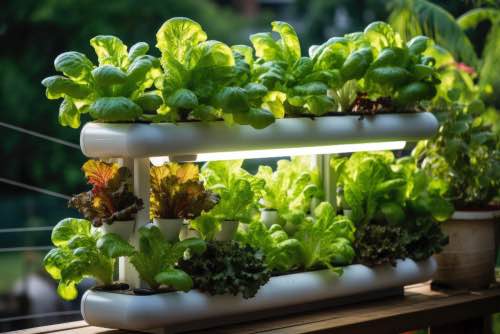
An example of a small hydroponics system.
Three Beginner Hydroponic Systems
Now that we have an understanding of the the what and the why let’s take a look at the how. We’ve picked out three systems that are great for hydroponics for beginners. These are three of the easiest and most popular hydroponic systems and can be set up in a single weekend. Keep in mind there are other systems, or variations of these, out there, but for a beginner one of these should suffice.
For more information, each header will link out to another page that will have more details on setting up the systems.
Wick Systems
Wick systems are very easy to set up and maintain hydroponics systems. The system works by separating the growing area and water/nutrients. A wick is used to transport the nutrient-filled water to your plants.
The main pro for this type of system is the ease of setup and maintenance. This makes it great for beginners and those looking to learn the basics of hydroponics. On the other hand, wick systems are typically slower at supplying water; making them a bad choice for very water hungry plants. Wick systems are great for micro greens, most herbs, and other plants that require average amounts of water, but might struggle with some larger fruits and veggies.
Water Culture
Water cultures are another fairly easy hydroponics setup often used by beginners. In this setup, plants are placed into a container that sits directly on top of the reservoir that holds the water and nutrients. An air pump is also often added to help make sure oxygen is delivered to the plants.
The constant stream of water makes it great for plants that need lots of water. A system like this can help make sure they have constant access to fresh water to keep them healthy. This makes it a little better for water-hungry plants than the wick system, but consequently a bit more complicated to set up and maintain.
Almost any container large enough to fit the plant and the pump can work for this setup. This includes things like old terrariums or even large 5-gallon buckets. The ease of setup makes this a very popular choice, and there are a lot of pre-built kits available for sale.
Ebb and Flow
Last up, we have the ebb and flow system, which is the most complicated of the three. Ebb and flow work by flooding your growing medium with the nutrient solution, and then draining back into the reservoir. This is done by setting up a pump on a timer and having it triggered at set intervals.
The Ebb and flow system gives you the most control over your watering schedule. Since you control the timer, you can set it to whatever is best for your plant. This allows you to account for things like plant type, humidity, number of plants, and more. This is best for those looking for extra control and growing picky or difficult-to-maintain plants.
What Plants Can I Grow?
One of the great things about hydroponics is it can be used to grow nearly every type of plant. That said, beginners to hydroponics should choose something easy and fast-growing. This gives you the opportunity to learn with an easy plant, as well as get quick feedback and be able to adjust without waiting for a longer growing plant.
Our suggestion is to start with a herb like mint or chives. Both of these herbs are very easy to grow, and do so quickly. This gives you a great place to start from and get your feet wet. Microgreens are another great option; they also have a quick turnaround time making it a quick process from planting to harvesting.
Lastly, growing multiple plants at once is perfectly fine. Many hydroponics systems are set up to grow more than one variety of plants at once. If doing this though, take care to keep the lighting and nutritional needs of plants similar. It’s difficult to adjust a system to provide different levels of nutrients to plants in close proximity.
Good Starter Plants
Almost any plant can be grown with hydroponics, but if you’re a beginner it’s best to stick with a plant that is easy to grow. The great thing is that most plants that are easy to grow traditionally are also easy to grow with a hydroponics system. We gave a few examples above, but here’s a larger list of some easy-to-grow plants.
- Lettuce
- Kale
- Chives
- Mint
- Strawberries
- Hot Peppers (habaneros)
Many of these plants are fast-growing, and require little care on the part of the gardener. Set up your system, give them plenty of light, and they’ll happily grow with little extra input.
Setup and Planting
Setting up your hydroponic system is generally very simple; especially if you’re using a pre-built system. Simply follow the instructions and select your plants. The process generally looks something like this.
-
Start by adding your hydroponic nutrients to the reservoir. This may come with your system or can be bought separately.
-
Add filtered water to the system. You can purchase appropriate water, or simply leave tap water out overnight to help remove chemicals that may harm your plants.
-
Set up your pump to keep water moving in the system.
-
Monitor the temperature and PH levels to ensure they remain in the ideal range.

Tip
You should also regularly clean and change out the water in your system. Once every 2-3 weeks is common.
Once you have the system set up you’ll be able to add your plants. Take seedlings and place their roots so that they are submerged in the water, or the growing medium if using a wick system. There are also special containers you can use that achieve the same effect. Which method you go with will depend on the specifics of your system.
Hydroponic System Care
Like any good garden, a hydroponic system requires several different types of resources. This includes the normal ones like lighting, water, and nutrients, but all also includes some new ones like PH level. Let’s take a look at them one by one to help demystify some of the care details for hydroponics for beginners.
Lighting
Lighting is going to be heavily influenced by the types of plants you’re growing, but in general most like 6-8 hours of bright sunlight. For some plants, fruits and veggies especially, 12+ hours is usually recommended, which can make it difficult to get them the necessary sunlight. Luckily, most pre-made hydroponics grow kits come with grow lights, and it’s very easy to set them up for custom solutions.
Most grow light solutions use energy-efficient bulbs that give off little heat. This not only saves on energy bills, but also helps to prevent accidentally causing heat damage to your plants. There are also special High Intensity Discharge (HID) lights which are built to emit extra red/orange light which can positively stimulate plant growth.
No matter which lights you go with, it’s always a good idea to set them up with a light timer. Light timers are inexpensive, and make it easy to give your plants a consistent lighting schedule. Many plants grow best when given a “cooling-off” period, simulating a natural night, and light timers make this very easy to achieve.
Proper Room Conditions
Unlike traditional indoor gardening, those using hydroponics need to pay extra special care to the conditions of their grow room. Having standing water invites pests, mold, fungi, and other unwanted problems if not properly managed. This is primarily concerned with temperature, humidity, and CO2 levels.
For temperature, most homes will be appropriate. You want it to remain between 65-70°F. While plants can survive out of this range, they will likely grow best in this range, although there are some specific plants that might do better outside of it. One of the big concerns with temperature is the water temperature, which if brought too high can start rotting your plant’s roots killing them.
CO2 levels are also a concern for hydroponics, more so than traditional gardening. In most cases, just ensuring there is good airflow for maintaining the proper levels. Professional growers might use supplemental systems, but this is generally only needed for large grows, or those in locations that don’t get good airflow like small interior rooms or closets.
Water
While you won’t need to remember to water your plants, making sure the water quality is high is essential to proper growth. The two main concerns are the mineral content of the water and the PH level.
The mineral content is measured in parts per million (PPM) and is the measure of dissolved minerals in the water. This is what is meant when referring to water as “hard” water. Water with too high a mineral content does not dissolve nutrients well, which means you’ll likely have to filter it prior to use. You can also leave water sitting out overnight to help reduce its mineral content before adding it to your system.
The other key number is the PH level which measures how acidic or basic a substance is. Look to have your water register a PH level of roughly 5.8-6.2, which is slightly acidic. You can buy cheap tests that will measure this for you, and can also purchase chemicals that will adjust the PH level if it falls out of this range. Check this roughly once a week to make sure that it hasn’t strayed too far from the ideal range.
Nutrients
Lastly, we have the nutrients which are actually dissolved in the water. These come in a variety of forms (liquid/dry), and can be either organic or synthetic. In either case, these nutrients are dissolved into the water, which is then picked up by and feeds the plants.
As a hydroponic beginner, your best bet is to pick a pre-made, off-the-shelf mixture and use it in accordance with the package directions. This takes a lot of the guesswork out of the process and makes it as easy as possible.
Keep in mind when looking at the different varieties that some are made for different purposes. For example, some might be made to help flowering plants while others might be balanced to promote herb growth. These likely differ by the makeup of the nutrients, and using the correct one for what you’re growing can help ensure optimal growth.
Other Equipment
In addition the the obvious setup pieces, there are some other items you might need to get started. Some of these depend on your location, as well as the sophistication of your grow. As a beginner, you likely won’t need many of these, but it’s something to keep in mind as you move forward.
PH/PMM Meters:
These are probably the most essential items to purchase as they make it easy to check the quality of your water. Having these takes a lot of the guesswork out of your grow, and can help you maintain the proper levels for your plants.
Fans
Fans are good to use to help promote good airflow through your growing space. If you’re growing in a more traditional open setting they might not be as important. However, if you set up the grow in a place with poor airflow then a good fan can help. Beginners can start off with simple fans from any hardware store, but more advanced grows use specially designed air movement systems.
Air Pump
Depending on your setup, an air pump might also be needed. This helps ensure that a constant stream of oxygen is supplied to your plants and keeps them in good health.
Humidifier or De-humidifier
Depending on your climate either one of these might be necessary to keep the humidity at good levels. There is also a wide range of other techniques that can change the humidity levels in a room that can be used.
Common Hydroponic System Issues
While hydroponics systems can be easy to use they are not without their host of issues. Here are a few common ones to look out for, and what you can do to correct them.
Common Issues
Issue
Solution
Issues/Solution
Mold or Algae Growth
Mold and algae can grow in your system if the conditions are not tightly controlled. This can harm your plants and eventually kill them if not dealt with.
Control Temperature, Humidity, and PH
This is often caused by one or more environmental factors being off. Make sure your temperature, humidity, and PH levels are all in their normal range. There are also chemicals available that can help kill off an existing mold/algae.
Pests
While not common, pests can and do attack hydroponically grown plants. Look for similar signs as soil-grown plants.
Natural Pesticides
Reach for natural options like neem oil to help remove pests. Also, make sure your environment is properly setup as this will help prevent them in the first place.
Dirty System
Over time, grime will build up and dirty your system. Left unchecked, this creates the perfect environment for mold and algae growth which will harm your plants.
Clean Regularly
You should look to clean your system regularly, roughly once every 2-3 weeks or more as needed. During this cleaning, you should also add fresh water to the system and dispose of the old water.
How To Grow Hydroponics for Beginners
Starting with hydroponics is a fun and rewarding experience. It can seem a bit strange at first, but it’s a good way to grow a lot of plants without using a ton of space. This is what makes it so good for indoor gardeners, especially those who live in large cities, and lack the space for a more traditional garden. Hopefully, this primer has helped you get a grasp of what hydroponics is.
We’re going to be releasing articles in the next couple of weeks that talk more in-depth about each system and the pros/cons of it to help you get a better understanding. If you’re reading this in the future, we’ll link them down below so you can easily find them!
Hydroponics FAQ
What’s The Best Way To Grow Hydroponics for Beginners?
The easiest way is with a hydroponics starter kit. These kits come with everything you need to get started and are the lowest barrier to entry for beginners. You can also create your own, but it’s far easier to get some experience first.
Why Should I Grow With Hydroponics?
Hydroponics grows are typically faster and produce a higher yield than traditional gardening. They also take less space making them great for indoor gardeners with little room.
How Difficult Is Hydroponics?
While a bit confusing at first, hydroponic growing is quite easy and very low maintenance. After learning about it initially, it’s very quick and easy to get set up and maintain your grow.
What Plants Can I Grow With Hydroponics?
Almost any plant can be grown with hydroponics. Each one has a bit different care instructions, but with a little know-how, you can grow everything from vegetables to herbs, to flowing plants!
